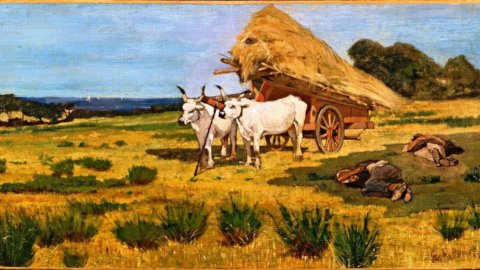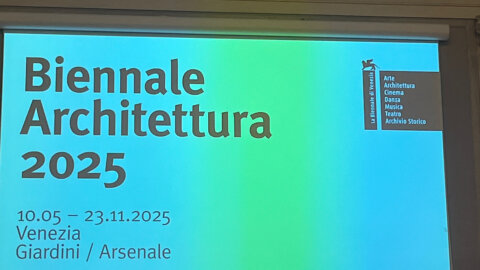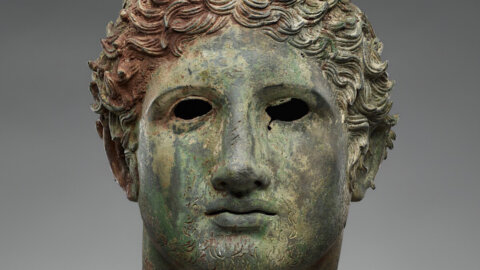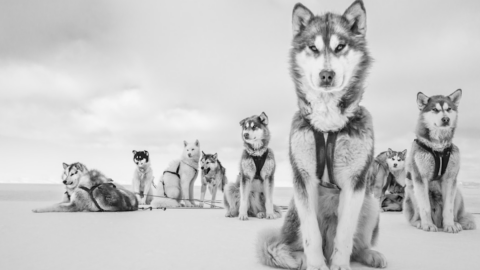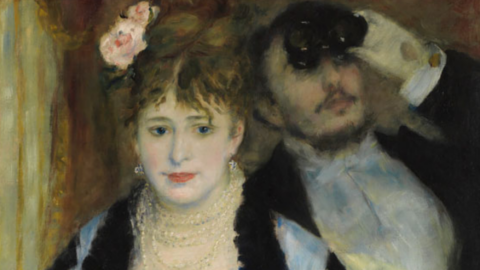In the artistic panorama of the second half of the 1945th century, there are not many authors who have intentionally and consciously rejected any alignment with schools and trends, to make distinctive coherence the reason for their path. Alien to any definitive and unambiguous classification, yet not from today more and more internationally known and popular, the art of Gianni Piacentino (Coazze – To XNUMX) – writes Francesca Pola in the catalog of a recent solo exhibition of the artist she curated – belongs to this restricted area, with the highest quality and without compromises of a creative path that has not known declines and second thoughts, but with continuity and tenacity has pursued its basic vision over the decades, regardless of the fashions of its time, often anticipating its attitudes and aspirations. Piacentino's, recognized as one of the most interesting and unique figures on the international art scene, is an inimitable artistic vision because it is very personal, characterized by a very high degree of technical-executive expertise and by a peculiar inventive method, based on the meticulous control of every single conception and realization phase. In it, it is the awareness of every creative instant that modifies and generates ever new image solutions.
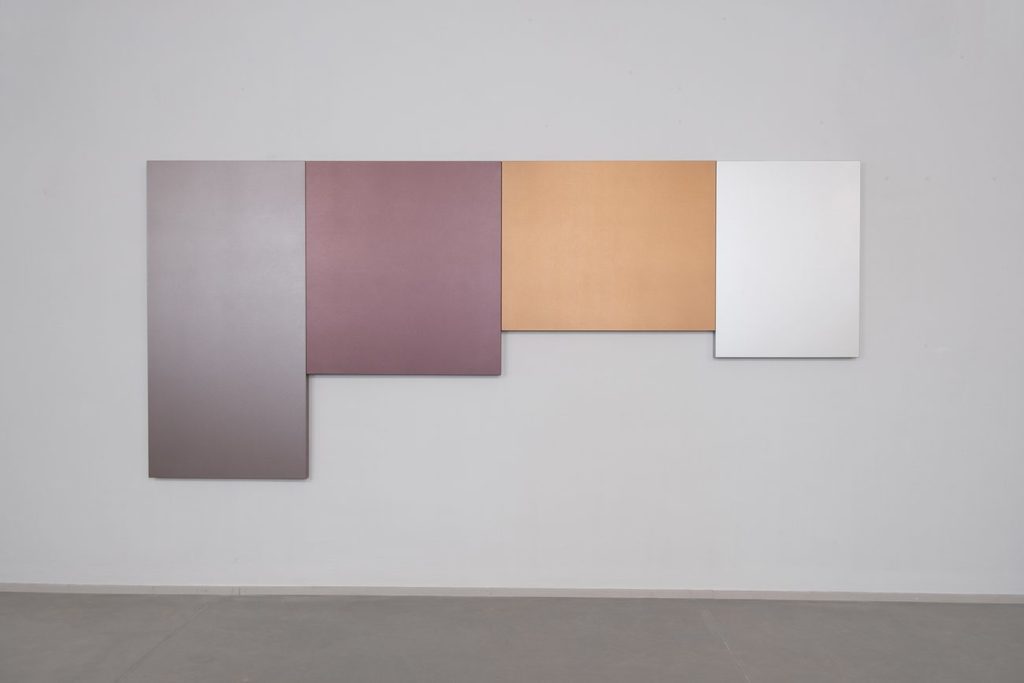
Initially associated with the Arte Povera movement, he participated in the group's first exhibitions at the Gian Enzo Sperone gallery in Turin in 1966 and, in particular in "Arte Povera Plus Poor Actions” at the former Amalfi arsenal in 1968 and at the exhibition "Prospect '68" at the Kunsthalle in Dusseldorf. But his "poverty" season did not last long. Soon Piacentino develops his own language, "independent and recognizable" where symbols and geometric shapes of his earliest works first give way to everyday objects and then, towards the end of the 60s, his minimalist sculptures take on aerodynamics that investigate, or rather celebrate, the myth of speed and engines, the movement and dynamism of the car. “I was an incredible and courageous stickler bordering on aggressiveness, culturally very prepared and I realized that the artists of Arte Povera all did the same job, you could no longer distinguish them. Perhaps this is typical of great innovations, but I don't like it”, says the artist in an interview with the critic Giacinto Dipietrantonio. “Then there were always behavioral issues, because when the possibility of being able to earn money and of building a small power starts to emerge, people's real characters emerge, while I like real competition, the one in which whoever comes first wins and then I started racing motorcycles, participating in the Italian and European sidecar championships for ten years, always finishing in the top three in Italy. However, the real break came with the Amalfi exhibition, Arte Povera Azioni Povere in 1968. There was a debate in which Dorfles said: "Gentlemen, here are three artists who have nothing to do with it, Paolini, Fabro and Piacentino". In fact, it was a speech that was flawless. But I began to feel annoyed by all this talk which already seemed to me academic. Then I also quarreled with Sperone over the exhibition at the Deposito dell'Arte Presente in which one of my tables was placed in a corner to highlight works more from Arte Povera. So I set about restoring an old motorcycle and started making model vehicles. There was a person of great culture, Marcello Levi, who liked my work so much that he financed it for me, and obviously with the first money I bought a motorbike. Then Toselli came and asked me to do an exhibition, the one in '69. But sooner or later I ended up arguing, for reasons of fairness, with everyone, even if in the long run this didn't affect my relationships on a human level with anyone".
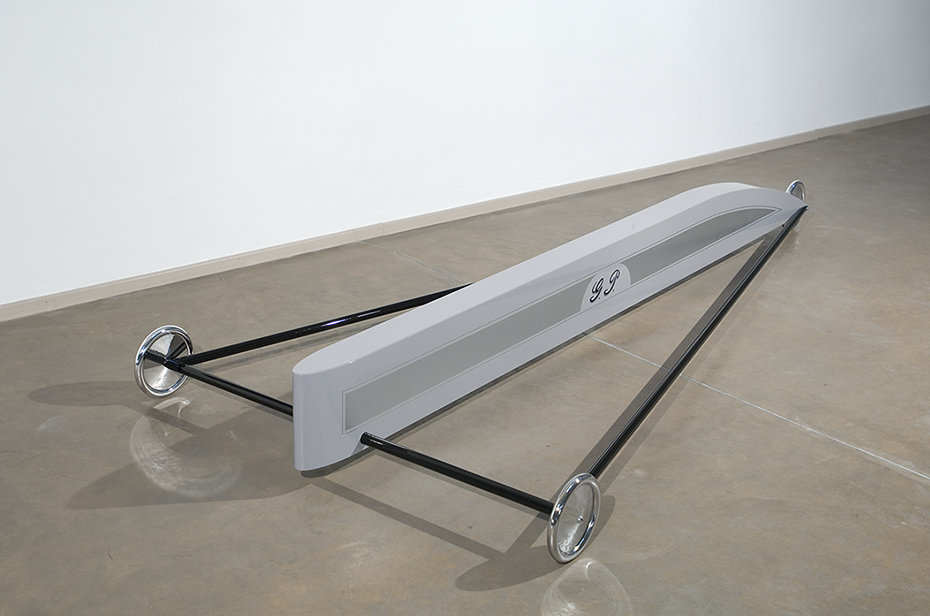
Nitro-acrylic enamel on wood and iron, chrome plated brass
cm. 30,5 x 283,5 x 131,5 (assembled in 7 pieces, wheels: Ø cm. 19.)
Leaving the group, Piacentino - writes the critic Andrea Bellini on the occasion of the exhibition at the Center for Contemporary Art in Geneva, the first retrospective abroad of the Italian artist staged in 2013 - decides to direct his work as an artist on his true passions: competition, speed, modeling and collecting. He begins to build a world, a mechanical and heroic cosmogony, within which he finds the very meaning of his work and of his life. The work is an extension of one's personality and one's obsessions. His sculptures become objects of affection, concrete projections of a behavior bordering on the manic. "After all, art taught me to become a craftsman", explained the artist, in an interview, underlining how he was "very fascinated" by the aesthetics of technique and by "everything that works".
Starting in 1969 he therefore dedicated himself to the creation of dozens of scooter prototypes and a whole vast range of curious two and three-wheeled vehicles. They are ideal means of transport, without any function, characterized by aerodynamic shapes and refined colors and decorations. The same metals used have a pictorial and decorative value: just look at the way in which gold, silver, copper, chromium and nickel are associated in small details. The vehicles, in their formal variations, refer to an aesthetic that ranges from the first racing cars of the last century to the more modern ones, from the fuselages of the first airplanes to scooters, from the motorcycle tanks of the XNUMXs and XNUMXs up to the more recent ones .
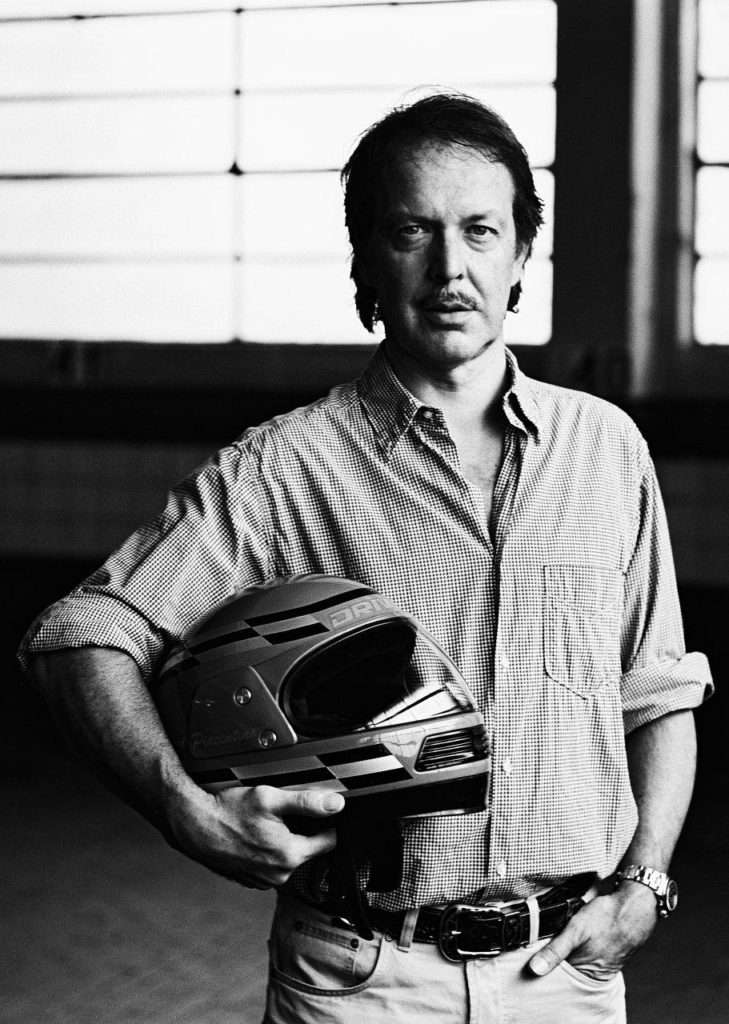
Piacentino's work unfolds over the following decades under the banner of constant variation around the same theme, in an almost timeless and circular dimension. Like other artists – I'm still thinking of John McCracken – who have literally “constructed” their work within a precise “logic of making”, Piacentino has remained fundamentally true to himself over time. The di lui is a work that proudly remains outside the debate of the avant-garde, that is, it remains concretely linked to an artisanal process, whose inventive process seems ultimately linked to the updating of the techniques and materials used.
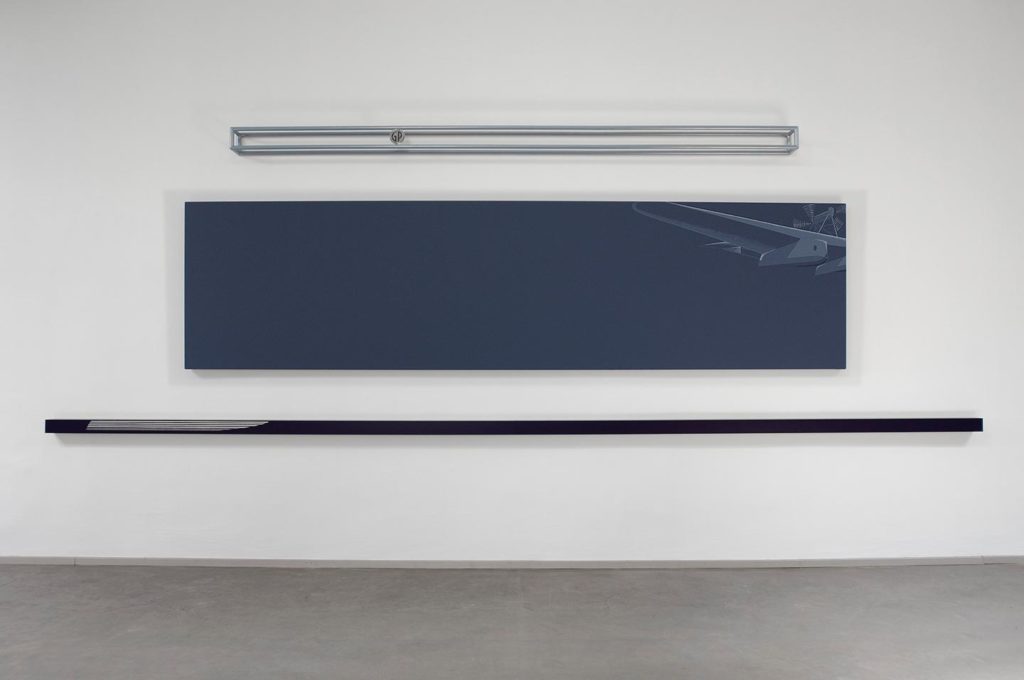
Acrylic on canvas, painted aluminum and iron, chrome-plated brass, 182 x 560 x 14 cm (assembled in 3 pieces on the wall).
Courtesy Gianni Piacentino; Cardi Milan.
In fact, he does not understand the problem of the desire to break with the past and to abandon the aesthetics of the avant-gardes of the Sixties: in his opinion, art must be beautiful, perhaps precious, it must be the fruit of the "mind and at the same time of the hand ”. In this sense, Piacentino's work reveals a literally schismatic character with respect to the various artistic currents at the turn of the 70s. The recovery of proto-industrial design, the cold approach towards the work, the exaltation of impersonal aesthetic values and rational, make the artist an anticipator of the neo-object trend of the eighties.
Intense, especially in recent years, his exhibition activity in Italy and abroad. In 2013, a major retrospective of the artist was staged at the Center for Contemporary Art in Geneva. From 5 November to 10 January 2016, the Prada Foundation hosted an important anthology of Piacentino's work curated by Germano Celant. Piacentino's work has also been exhibited at the Giuliani Foundation in Rome, the Metropolitan Art Society in Beirut, the Museum of Contemporary Art in Chicago (2009), the MoMA PS1 in New York (1997), the Centro de Arte Reina Sofía in Madrid (1990), the Gesellschaft für Aktuelle Kunst in Bremen (1981), Nationalgalerie in Berlin (1978), Palais des Beaux Arts in Brussels (1972), University Museum in Sydney (1971), Museum am Ostwall in Dortmund (1971). He participated in Documenta 6 in Kassel (1977) and at the XLV Venice Biennale (1993). His works have entered prestigious public and private collections, in Italy and abroad. He has been an academic of San Luca since 2009.
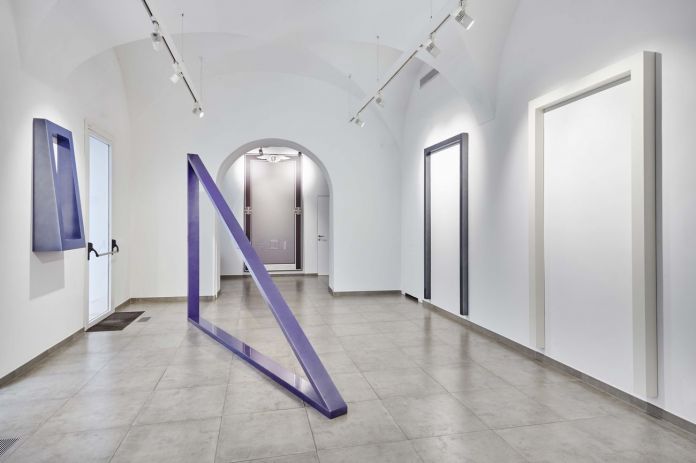
Exhibition view at Galleria Mucciaccia, Rome 2017
Market and prices
For too long, neglected by the market, despite the constant attention of critics who have followed his work with interest since its inception in the sixties. In terms of auctions, to date there are over 150 passages (Source Artprice) in the various types (about 40% abroad, mainly in the USA and in the United Kingdom) with a percentage of unsold that exceeded 2018% in 50 ( excluding prints) and with a turnover that came close to 85 thousand euros. In 2014, also thanks to the great retrospective al Center d'art contemporain of Geneva (2013), the proceeds from the auctions had exceeded 180 thousand euros. Prices in the gallery are decidedly higher, especially after the recent one-man show at the Prada Foundation which has rekindled the spotlight of international collecting on the work of the Turin artist. In an exhaustive anthology, staged at the Mucciaccia gallery in Rome until January 2019, around thirty works were offered, created from 1966 to the present day, representative of Piacentino's entire research, at prices ranging from 50 to over 350 euros, depending on the period, the type, the technique used and the dimensions. Respectable figures, even if still far from those paid to buy a work by some great interpreters of international minimalism.
Gallery: Gianni Piacentino's works are dealt with by the Mucciaccia gallery with offices in Rome, London, Singapore and Cortina (06.69923801); De Foscherari of Bologna ( 051-221308) and Michael Werner with offices in London and New York. However, his works can also be found in leading Italian and foreign galleries.
Top price at auction: “Bivest + 1″, 1965 – Acrylic/3 toiles, 110,5 x 216,3 cm.- changed hands at Christie's Milano for 86 euros (including royalties) in April 2013. “Signed decorated bar“, 1970 – Sculpture (polyester-coated and painted wood) 18 x 251,3 x 6 cm. – was sold for 57.166 euros at Christie's in London in February 2014. "Blue Amaranth Iridescent Frame Vehicle”, 1971 – Mixed technique sculpture (tube en fer peint, acier, caoutchouc, acajou) 68 x 316 x 35 cm. it fetched €57.900 at Christie's in Milan in April 2014.

